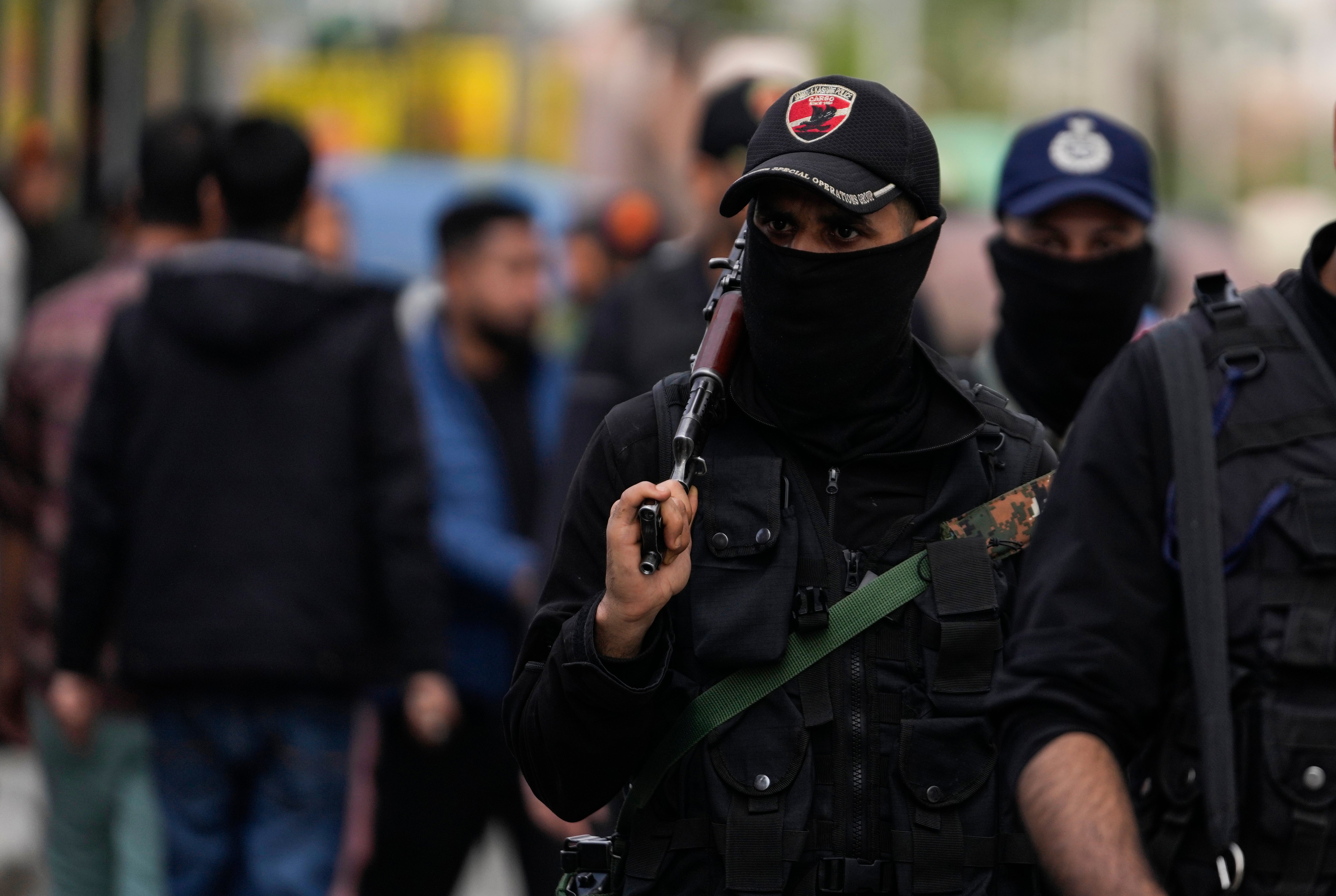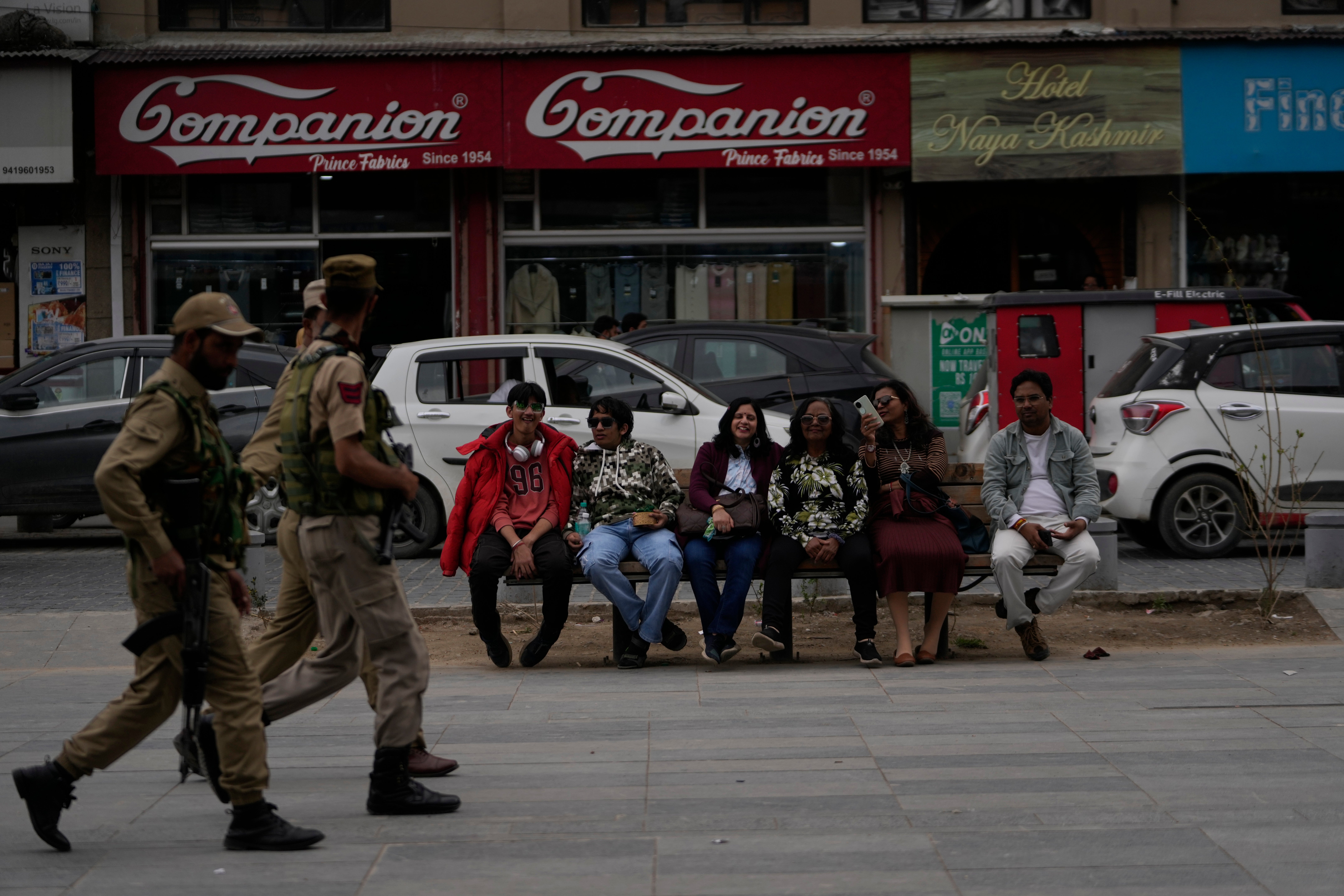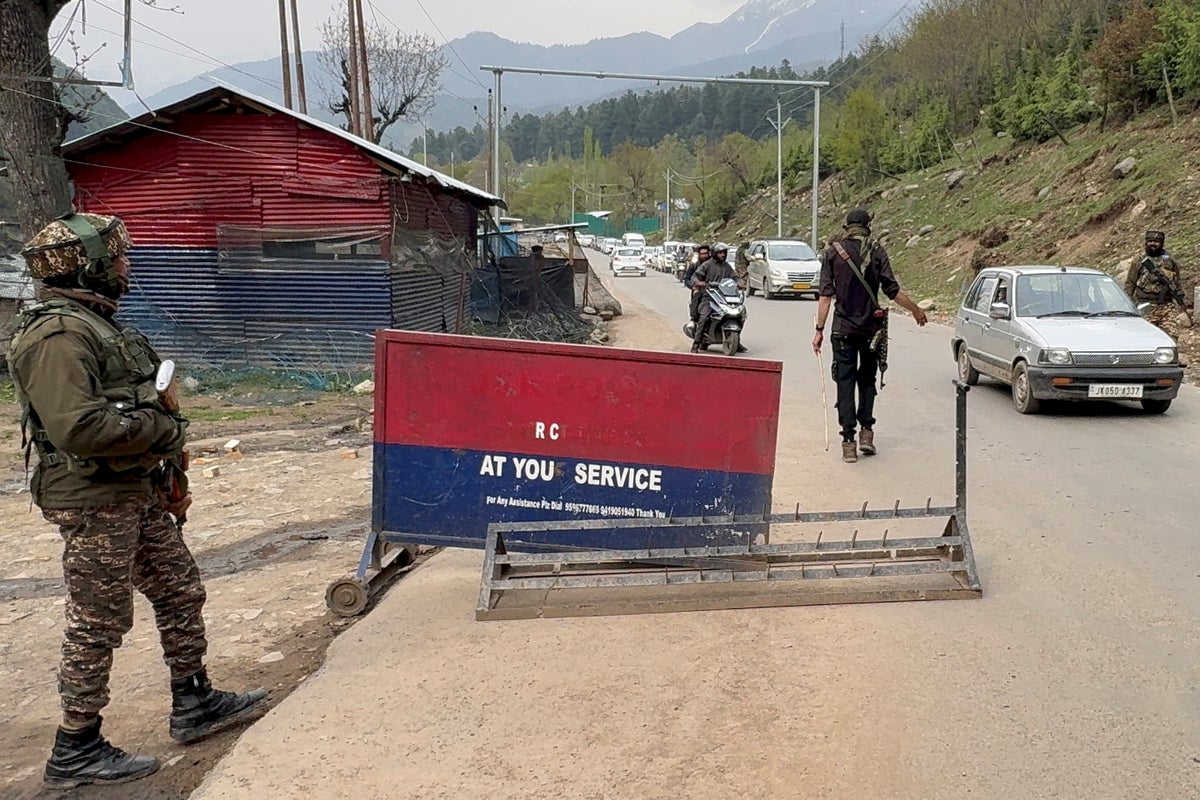At least 26 people were killed and 17 injured when suspected militants opened fire at tourists in India’s Jammu and Kashmir federal territory in the worst such attack in the country in nearly two decades.
The group opened fire on people near Pahalgam, a popular destination drawing thousands of visitors every summer, increasing as militant violence has lessened in recent years.
The town is located near the Chinese border in the scenic Muslim-majority Kashmir territory.
Those injured have been taken to a local hospital, police sources told reporters.
Security sources said at least 26 were feared dead. Among them were at least five tourists. Many others have been injured.
Police have called the shooting a “terror attack” and blamed militants fighting Indian rule. It was the worst attack on civilians in India since the 2008 Mumbai shootings in which more than 160 people were killed.

“This attack is much larger than anything we’ve seen directed at civilians in recent years,” Omar Abdullah, the region’s top elected official, wrote on social media.
“The death toll is still being ascertained so I don’t want to get into those details,” he said.
“This attack is much larger than anything we’ve seen directed at civilians in recent years,” Omar Abdullah, the region’s top elected official, wrote on social media.
Prime minister Narendra Modi cut short his two-day visit to Saudi Arabia and returned to New Delhi on Wednesday morning. Finance minister Nirmala Sitharaman was also cutting short her visit to the US and Peru “to be with our people in this difficult and tragic time”, her ministry said.
Police and soldiers were searching for the attackers. “We will come down heavily on the perpetrators with the harshest consequences,” India’s home minister, Amit Shah, wrote on social media. He arrived in Srinagar, the main city in Indian-controlled Kashmir, and convened a meeting with top security officials.
A little-known militant group, the “Kashmir Resistance”, claimed responsibility for the attack in a social media message, according to Reuters. It expressed discontent that more than 85,000 “outsiders” had been settled in the region, spurring a “demographic change”.
On Wednesday, over a dozen local organisations called for a shutdown in the federal territory to protest against the attack on tourists, whose rising numbers have helped the local economy.

Many schools also suspended classes for the day in protest.
Airlines were operating extra flights from Srinagar, the summer capital of the territory, as visitors were rushing out of the region, officials said.
Initial reports say the gunmen shot bullets at mostly Indian tourists visiting Baisaran meadow, around three miles from Pahalgam. The meadow is a top sightseeing destination, surrounded by snow-capped mountains and dotted with pine forests. It is visited by hundreds of tourists every day.
The attack coincided with the visit to India of US vice president JD Vance, who is on a largely personal four-day visit.
The Himalayan region, which is claimed in full but ruled in part by both India and Pakistan, has been gripped by militant violence since the start of an anti-Indian insurgency in 1989. Tens of thousands of people have been killed, although violence has tapered off in recent years.

Many Muslim Kashmiris support the rebels’ goal of uniting the territory, either under Pakistani rule or as an independent country.
Attacks targeting tourists in Kashmir have been rare in recent years, but not unknown.
The last major attack on visitors in the federal territory took place in June when at least nine people were killed and 33 injured when a bus carrying Hindu pilgrims plunged into a deep gorge after militants attacked it.

India revoked Kashmir’s special status in 2019, splitting the state into two federally administered territories – Jammu and Kashmir and Ladakh. The move led to a downgrading of ties with Pakistan, which also claims the region.
India insists the Kashmir militancy is Pakistan-sponsored terrorism. Pakistan denies the charge, and many Kashmiris consider it a legitimate freedom struggle. Tens of thousands of civilians, rebels and government forces have been killed in the conflict.



.jpg?trim=0,0,0,0&width=1200&height=800&crop=1200:800)